
Film Review | Black Panther
Producers: Marvel Studios, Walt Disney Pictures
Runtime: 134 minutes
MPAA Rating: PG-13
EE Critic Score: 10/10
Black Panther is the eighteenth film in the Marvel Cinematic Universe franchise. It centers around T’Challa, the new king of Wakanda, who was first introduced in Captain America: Civil War. The film is one of the best superhero films in recent memory in terms of its character work, with both the hero and villain being standouts among their MCU peers. The futuristic nation of Wakanda is the best developed of Marvel Studios many fantastic locales. Occassional lapses in special effects quality do little to bring down the film as a whole
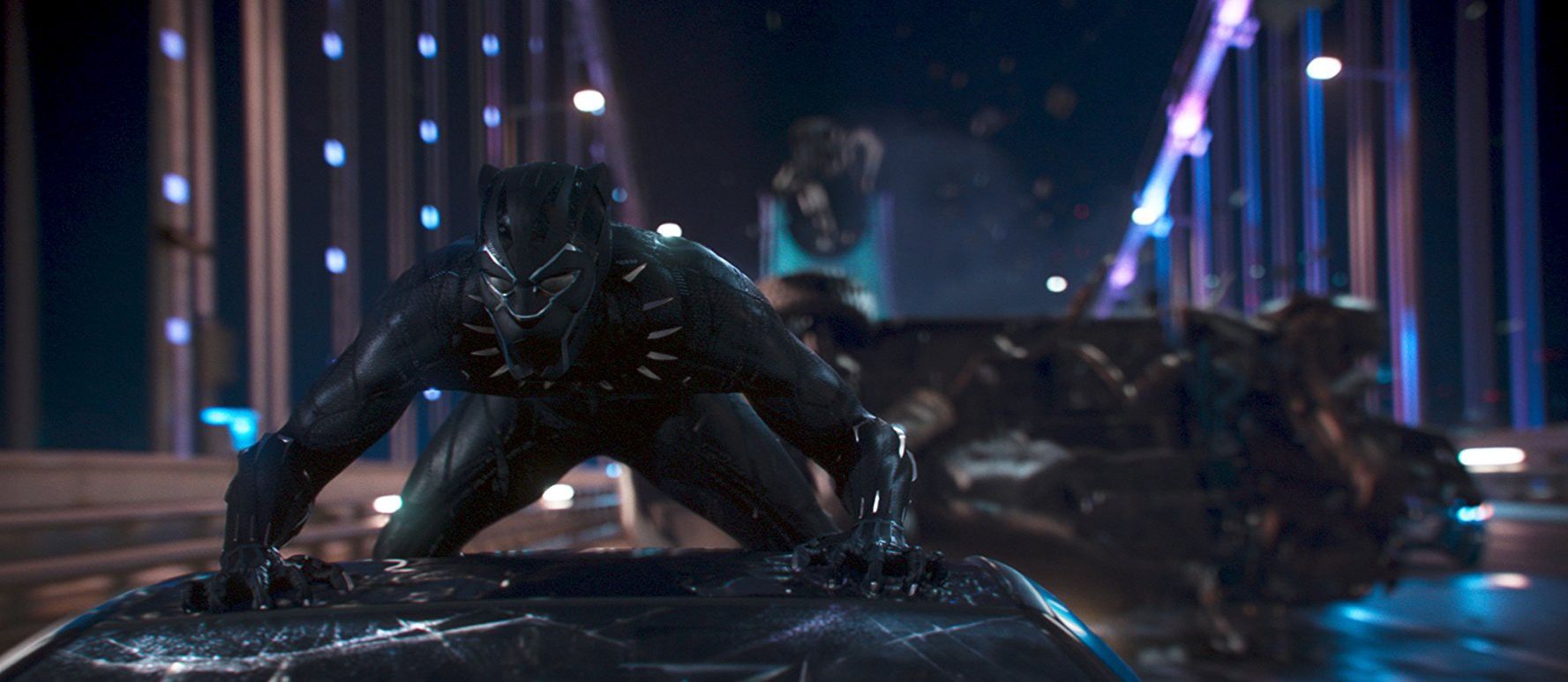
Synopsis
The film opens with the history of Wakanda, a nation in inland East Africa where a meteorite landed long ago. The meteorite was made of vibranium, the seemingly magical metal which we’ve seen before in the MCU in the forms of Captain America’s shield and the Vision’s body. The vibranium allowed the tribes of Wakanda to establish advanced technology before the rest of the world, and to hide from the age of colonialism in Africa. Their leader is the Black Panther, a monarch and champion empowered by a vibranium-mutated, heart shaped herb.
The first scenes after this prologue take place in rural Nigeria, with the current Black Panther, T’Challa (Chadwick Boseman) leading an attack on a Boko Haram-type group who has captured a class of schoolgirls. One of the schoolgirls is, in fact, Wakandan spy Nakia (Lupita Nyong’o) who has a romantic history with T’Challa. She is upset that he cut her mission short, but T’Challa says that he wants her to return to Wakanda to attend the funeral of his father T’Chaka (John Kani) and his own coronation as the new king.
T’Challa claims the crown, overcoming M’Baku (Winston Duke) of the reclusive Jabari tribe in ritual combat atop a waterfall. He is given the power of the Black Panther by ingestion of the heart-shaped herb. The herb triggers a vision of his father, who counsels him that it is hard for a good man to be a good king.
He soon after hears that an old enemy of Wakanda, Afrikaner smuggler Ulysses Klaue (Andy Serkis), has resurfaced. He has aided American mercenary Erik Stevens (Michael B. Jordan) in robbing a British museum of an artifact that the British had taken from Benin, though it was in fact Wakandan and made of vibranium. T’Challa determines that Klaue will be selling the artifact to a buyer in Busan, South Korea. He is equipped with a new armored suit designed by his sister, Shuri (Letitia Wright) an engineering/medical prodigy, to absorb and reflect force applied to its surface.
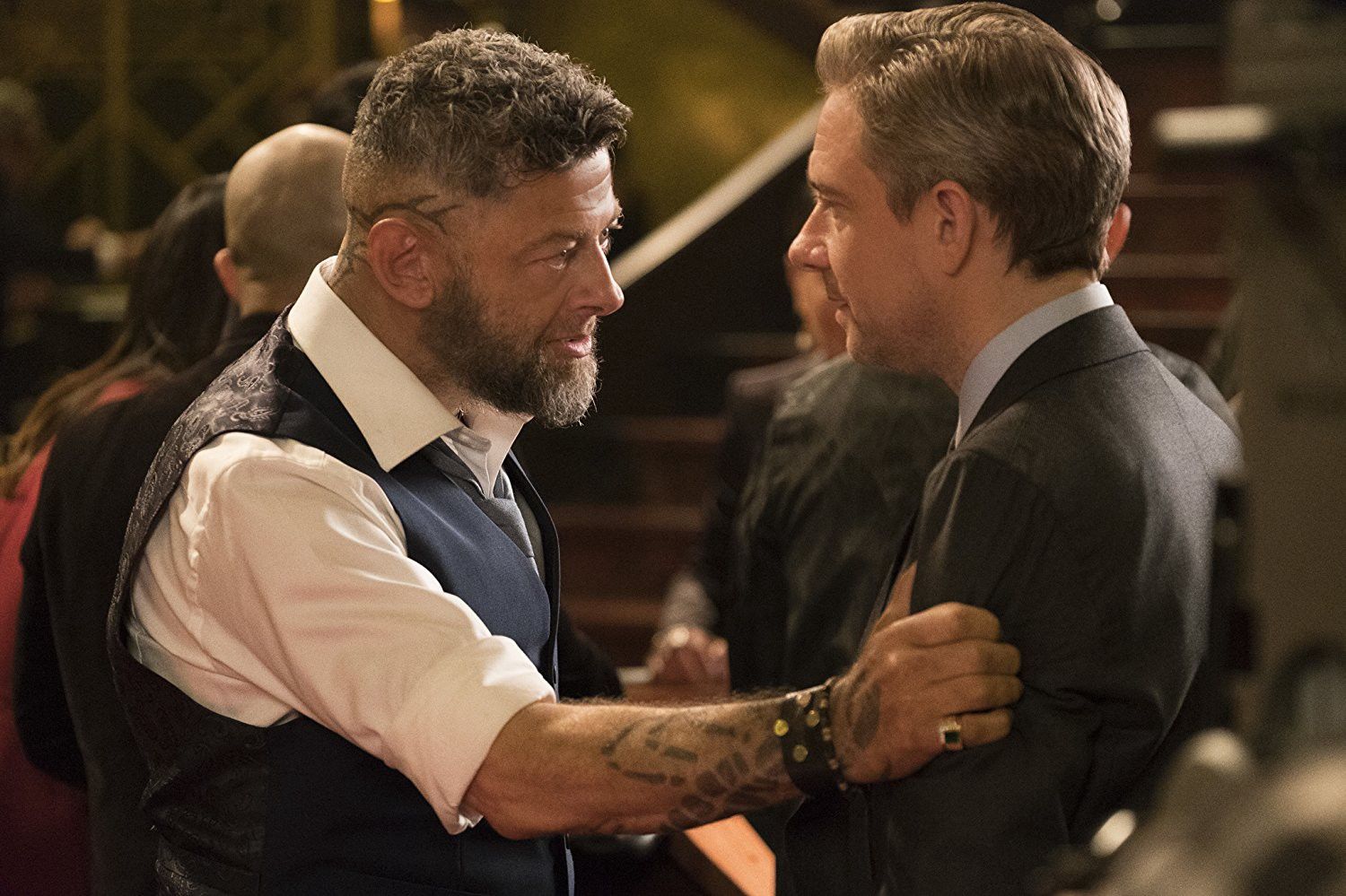
T’Challa, Nakia, and Okoye (Danai Gurira), the leader of Wakanda’s royal guard who had also been along for the Nigeria raid, arrive in Busan to find Klaue’s buyer is CIA agent Everett K. Ross (Martin Freeman), whom T’Challa had met in America in the aftermath of T’Chaka’s assassination. Klaue arrives, realizes that Wakandan agents are present, and a fight/chase scene ensues. Klaue is captured and questioned by Ross. Stevens arrives to rescue Klaue, leaving Ross gravely injured, having taken a bullet for Nakia. Over the objections of Okoye and ignoring Wakanda’s policy of secrecy, Nakia and T’Challa take Ross back to Wakanda, knowing he will die in a lesser hospital than their own.
Upon his recovery, Ross identifies Stevens as a former U.S. black-ops soldier, nicknamed “Killmonger” for his lethality in the field. Stevens is a regime-change specialist, and it is unclear why he would be helping a smuggler like Klaue.
As it turns out, Killmonger had turned to Klaue for aid finding his way into Wakanda. Upon reaching the hidden country, Killmonger kills Klaue. He approaches the Wakandan leadership, identifying himself as N’Jadaka, son of N’Jobu, T’Challa’s uncle who had disappeared in California decades ago. T’Challa learns from an elder, Zuri (Forrest Whitaker), that T’Chaka had killed N’Jobu, upon learning that N’Jobu intended to use Wakandan weapons to overthrow the white-dominated governments of the world and form a black-led empire in their place. His son apparently wishes to complete N’Jobu’s vision.
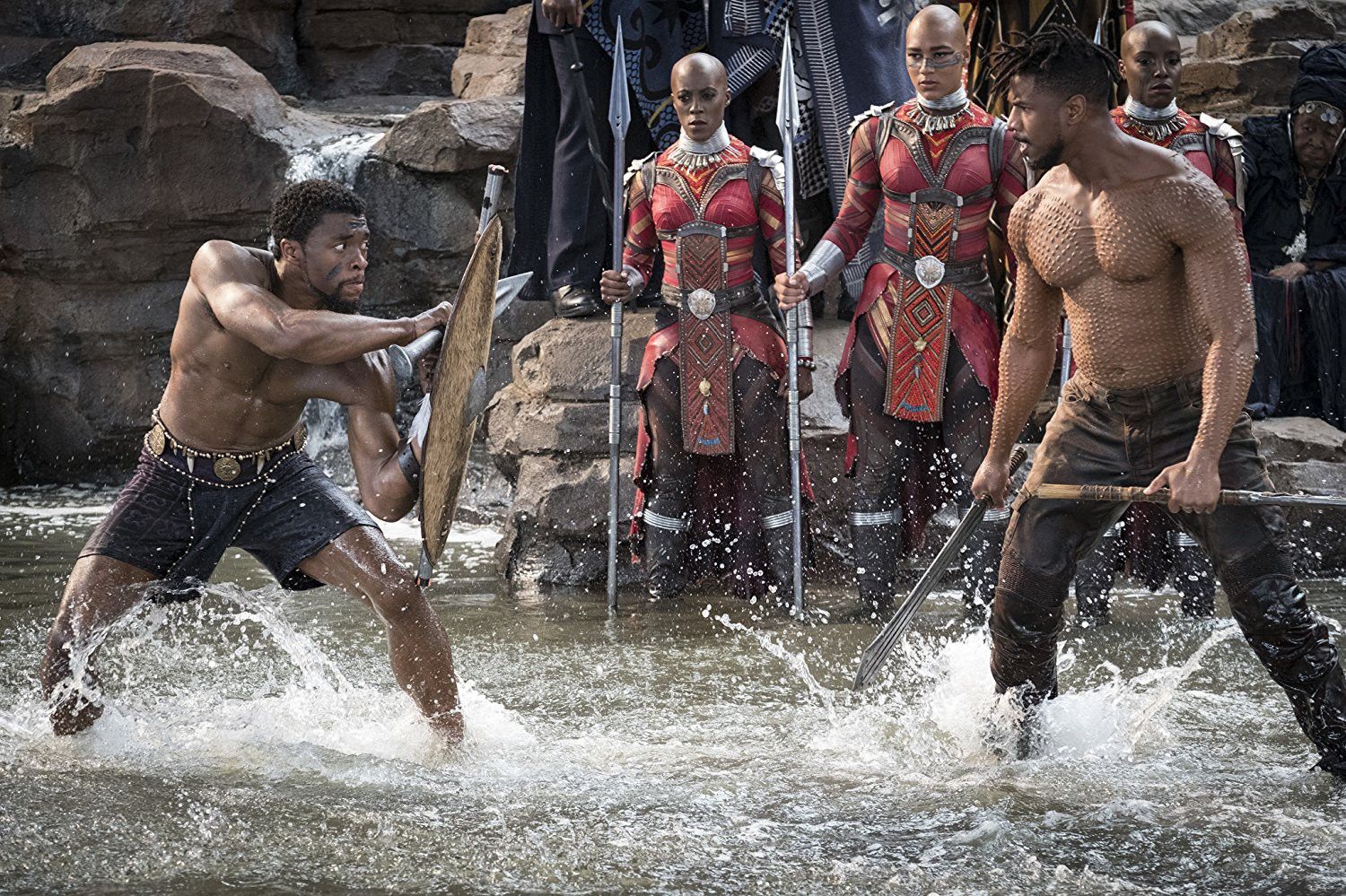
Killmonger challenges T’Challa to ritual combat, defeating him and throwing him over the edge of the waterfall. He claims the power of the Black Panther, then has the remaining heart-shaped herb destroyed. Nakia, T’Challa’s mother Queen Ramonda (Angela Bassett), Shuri, and Ross sneak the last remaining leaves of the herb into the snowy mountains of the Jabari, intending to give M’Baku the power to retake Wakanda from Killmonger. When they get there, M’Baku reveals that T’Challa is alive, but in a coma, found by a Jabari fisherman washed onto a riverbank. T’Challa is revived by the heart-shaped herb. Again he sees the spirit of his father. T’Challa angrily confronts T’Chaka, asking how he could have left his own nephew fatherless abroad. T’Chaka defends his actions as those demanded by Wakanda’s tradition of minimal foreign influence. T’Challa vows to change things if he regains his crown.
Our heroes return to the capital to drive Killmonger out. Okoye and the royal guard come to the aid of the true king, but the rest of Wakanda’s army, led by Okoye’s husband W’Kabi (Daniel Kaluuya) side with Killmonger, eager to take the fight past Wakanda’s borders. The ensuing battle does not go well for T’Challa; it seems hopeless until M’Baku and the Jabari arrive to aid T’Challa in retaking the throne.
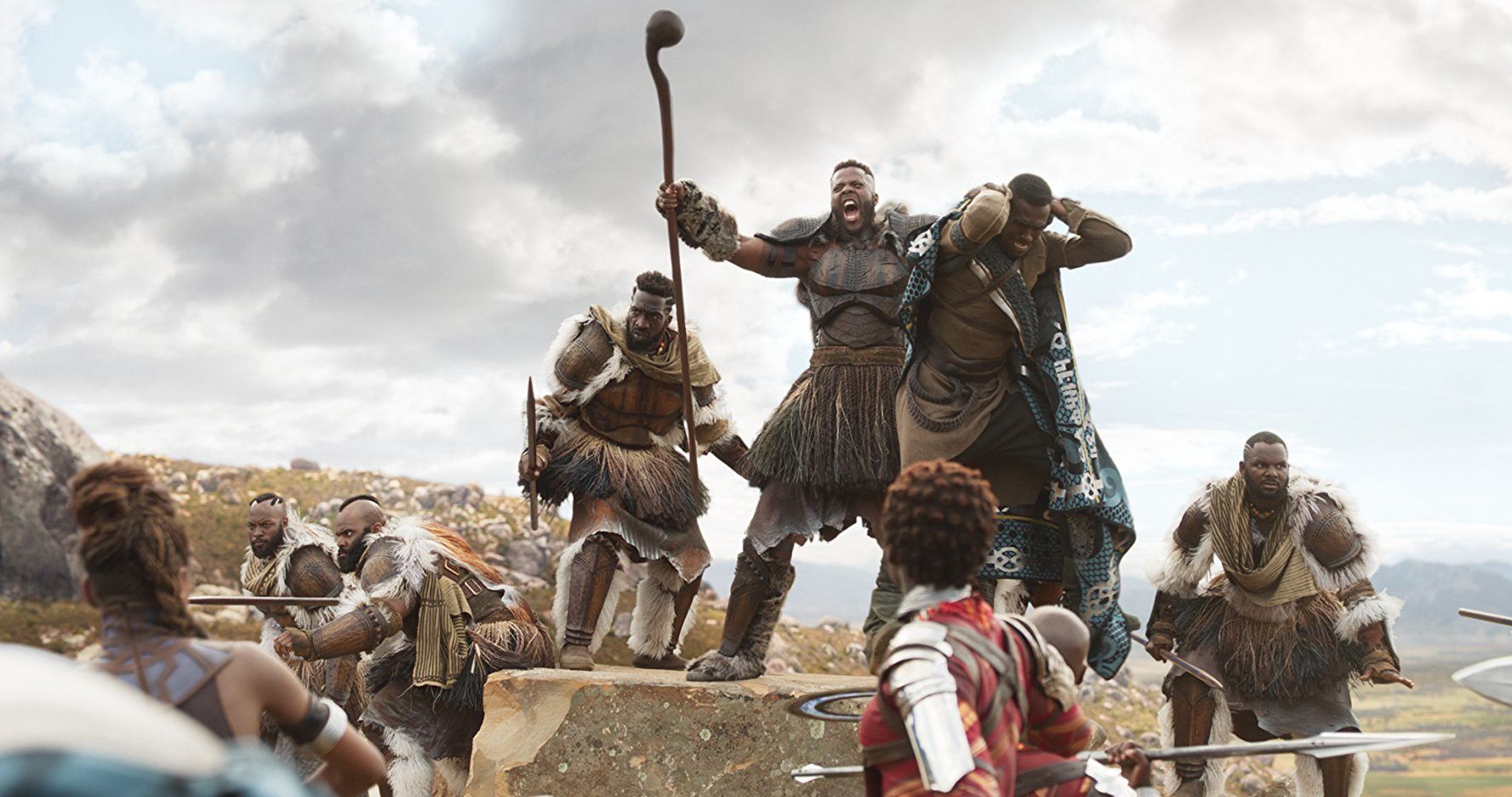
T’Challa is given the opportunity to engage Killmonger directly. The usurper has gotten hold of another of Shuri’s armor suits, making him and T’Challa equally invulnerable. To end the stalemate, T’Challa draws the fight into the vibranium mines, where the equipment nullifies their suits’ abilities, and manages to fatally stab Killmonger.
Upon returning as king, T’Challa rewards M’Baku with representation for the Jabari within Wakanda. He makes good on his statements to his father, reversing Wakanda’s isolationist policies and establishing an embassy in Oakland, near where his uncle had lived with his family, and appointing Nakia as Wakanda’s ambassador there. In a mid-credits scene, T’Challa reveals Wakanda’s true nature to the U.N.
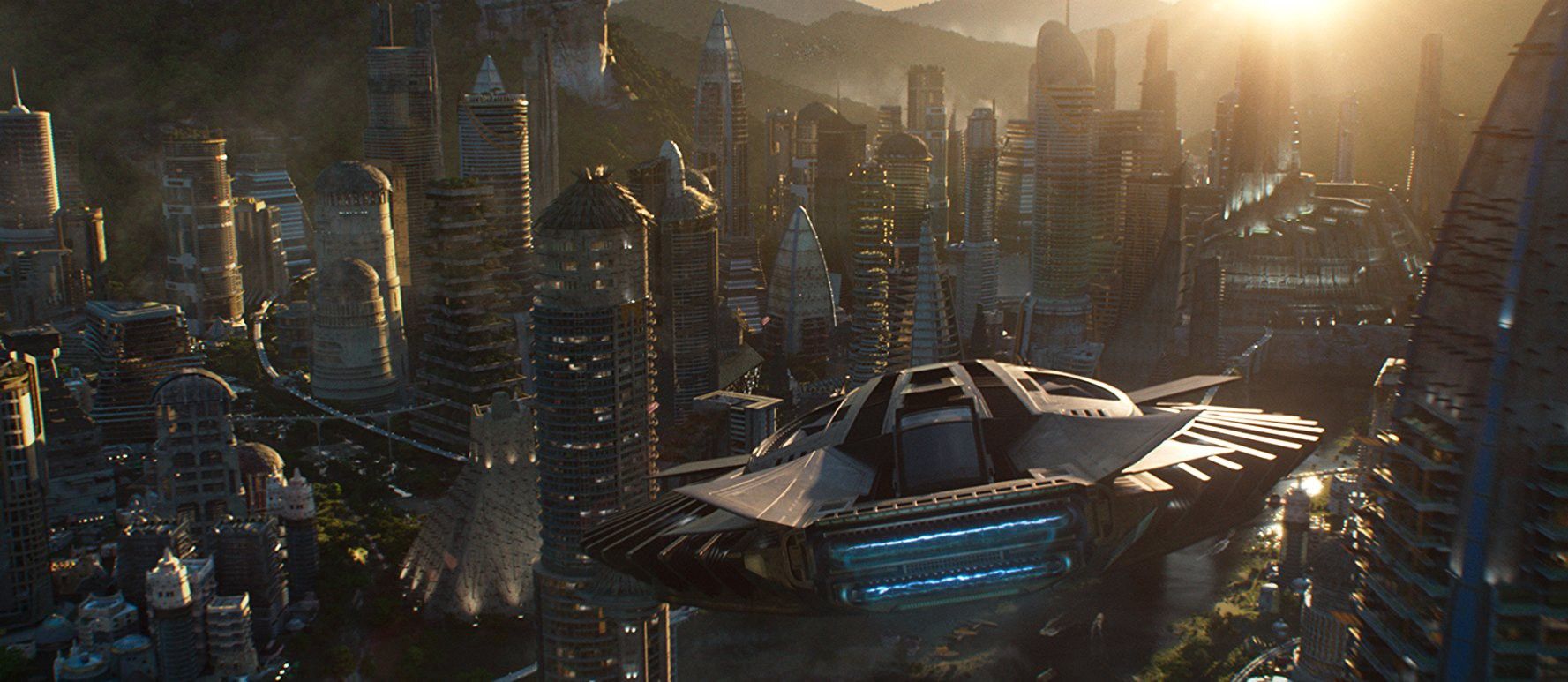
Analysis
This is one of the best MCU films I have seen (though, it should be stressed, I haven’t seen every MCU film). It is easily the best of the more recent set of single-character films, better even than the very good Spider-Man: Homecoming.
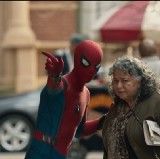
Story
This is a film with serious questions and serious ideas at its heart. For all its fictional setting elements, it addresses big problems of our own world in a way Marvel hasn’t done since Captain America: The Winter Soldier. And it delivers its message very well, in a way worth studying as an example to others who want to make political narrative art. Namely, it doesn’t use the types of stand-in characters that often appear in “message movies”.
Take the infamously non-nuanced Fern Gully for example. That film delivered its environmental message via writer stand-in forest fairies speaking directly to the audience stand-in logger, with the film’s happy ending being that the logger fully embraces the fairies cause and helps them to drive the other loggers away, saving the trees.
Black Panther isn’t written like that. It could have been, and it could have even been a fairly entertaining film generally popular with critics. The aforementioned Winter Soldier was well received, and it featured more than a bit of Fern Gully’s structure in the dispute between Steve Rogers and Nick Fury over S.H.I.E.L.D.’s use of drone warfare. But this film tries a bit harder with the characterization of the hero and of the villain.
Marvel has shown that they can put forward good villains. They don’t do so very often, but they can. Killmonger is one of the rare good villains, ranking right up there with Vulture from Spider-Man: Homecoming. Actually, a better comparison might be to Ra’s Al-Ghul from Batman Begins. Both characters shared a background with the hero, face the same dilemma as the hero, yet where the hero works to cultivate the good they find in the world and protect it from evil, they want to simply destroy it all and start a new world.
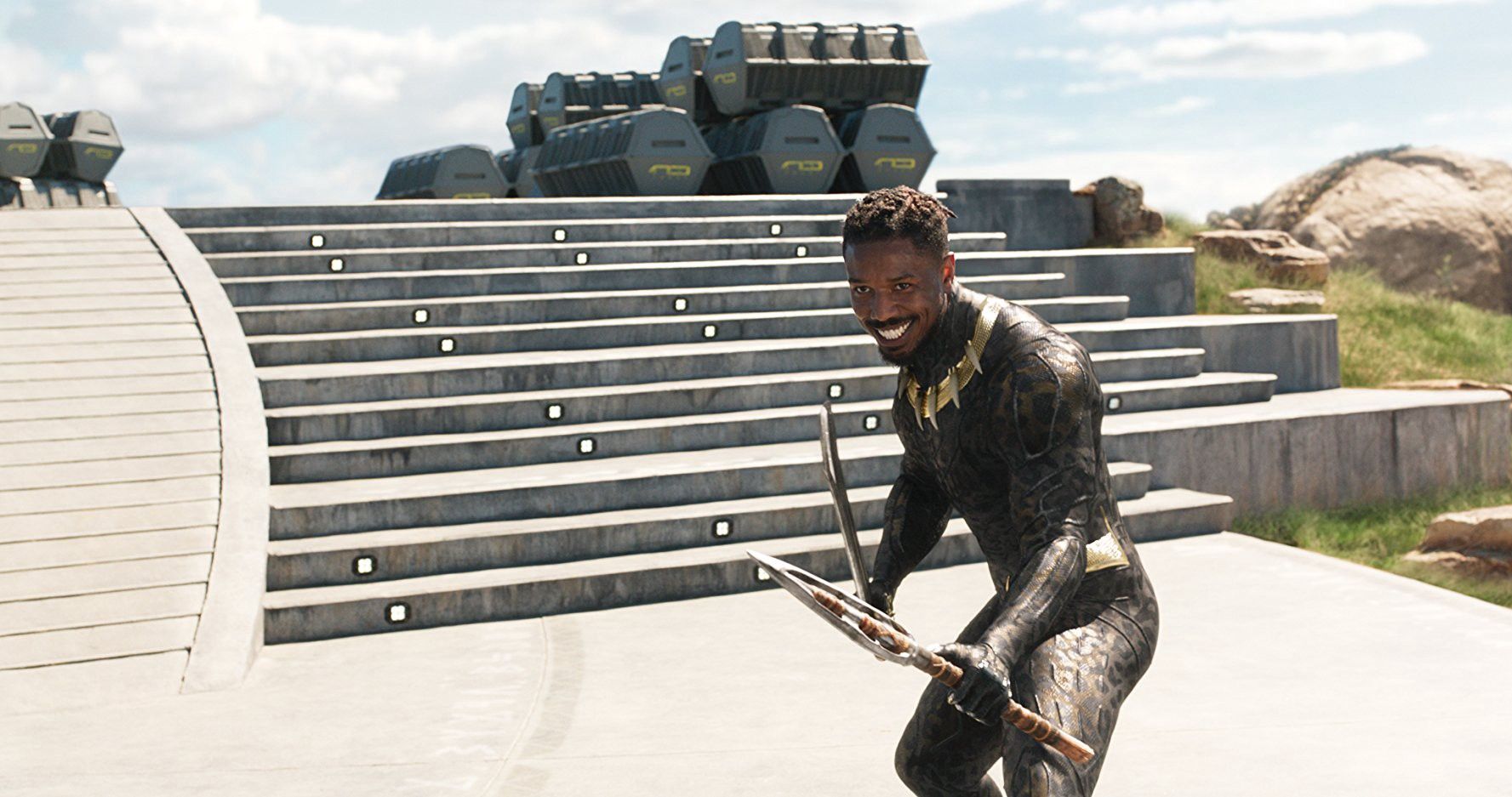
When the trailer showed Killmonger in a Black Panther costume, but golden, my mind went to Yellow Jacket from Ant-Man. But much more was done with the character, to make him memorable. Michael B. Jordan’s performance has a lot to do with it, but so does the writing. Director/writer Ryan Coogler and his co-writer Joe Robert Cole developed a more or less original character in Killmonger, taking the name from a comic book character who sought to seize power over an already open Wakanda and return it to the isolationist ways of its past, very much the reverse of the Killmonger in this film.
The writing of Killmonger as a part of the larger movie is subtle. The disonnance between the world of his mind and the world onscreen is omnipresent in the film. He presents himself as a messiah for Africans looted by European imperialism, yet treats Wakanda in a most Cecil Rhodesian way, viewing it as little more than a source of resources. He speaks both of freeing subjugated peoples and of establishing a worldwide Wakandan Empire, which brings to mind a rather important question: How does a black nationalist go about ruling countries without any major part, one way or another, in the colonization of Africa?
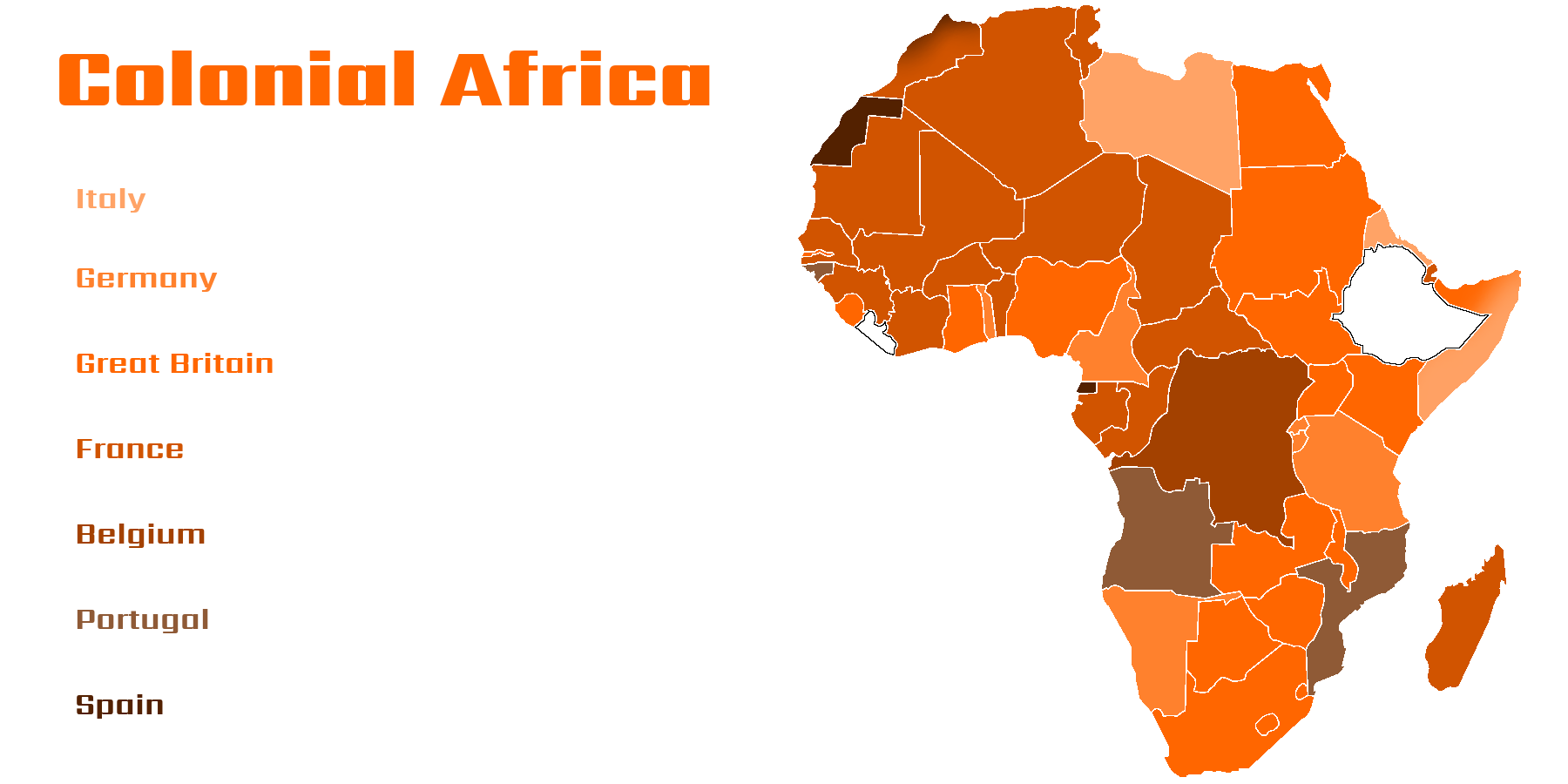
Coogler and Cole remind us that such nations exist by setting the middle act of the film in South Korea. T’Challa, for all his people’s isolationism, seems more aware of the world than Killmonger, a well-travelled American mercenary. Africa, in the 19th and 20th Centuries, was divided and conquered by a mere seven countries, with an eighth (The United States) exercising influence in Liberia. The hundreds of other countries in the world were mostly unconcerned about Africa at the time, many because they had their own issues with being colonies of Western European powers.
Where this film surpasses Spider-Man: Homecoming is in the fact T’Challa is given the opportunity to redeem the righteous core of Killmonger’s philosophy from the usurper’s hypocrisy and bloodlust. Adrian Toomes’s critique of Tony Stark was correct, but ultimately wasn’t shown to affect Spider-Man very much. Killmonger’s critique of Wakanda is also correct: when given the opportunity to do good in the world, the kings of Wakanda had consistently decided to refrain. While conquering Africa to keep it from being conquered, as Killmonger specifically proposed they should have done, is an oxymoronic absurdity, had Wakanda worked to share their wealth (which, it bears mentioning, came to them unearned, literally falling from the sky) Africa as a whole might have been less susceptible to European domination. For all their high technology, Wakanda has not advanced socially since the days when the meteor first fell. They are a self-contained, oligarchic society, the sort common in ancient times, before the desire for life with less sickness, toil, and poverty forced humanity to work together more regularly. The vibranium was another way to the same goals for Wakanda, a shortcut that required less cultural growth. When Killmonger points out that the outside world is catching up, it is T’Challa who is able to recognize this is due to the stagnation of his country, and make the changes he hopes will truly address Killmonger’s concerns.
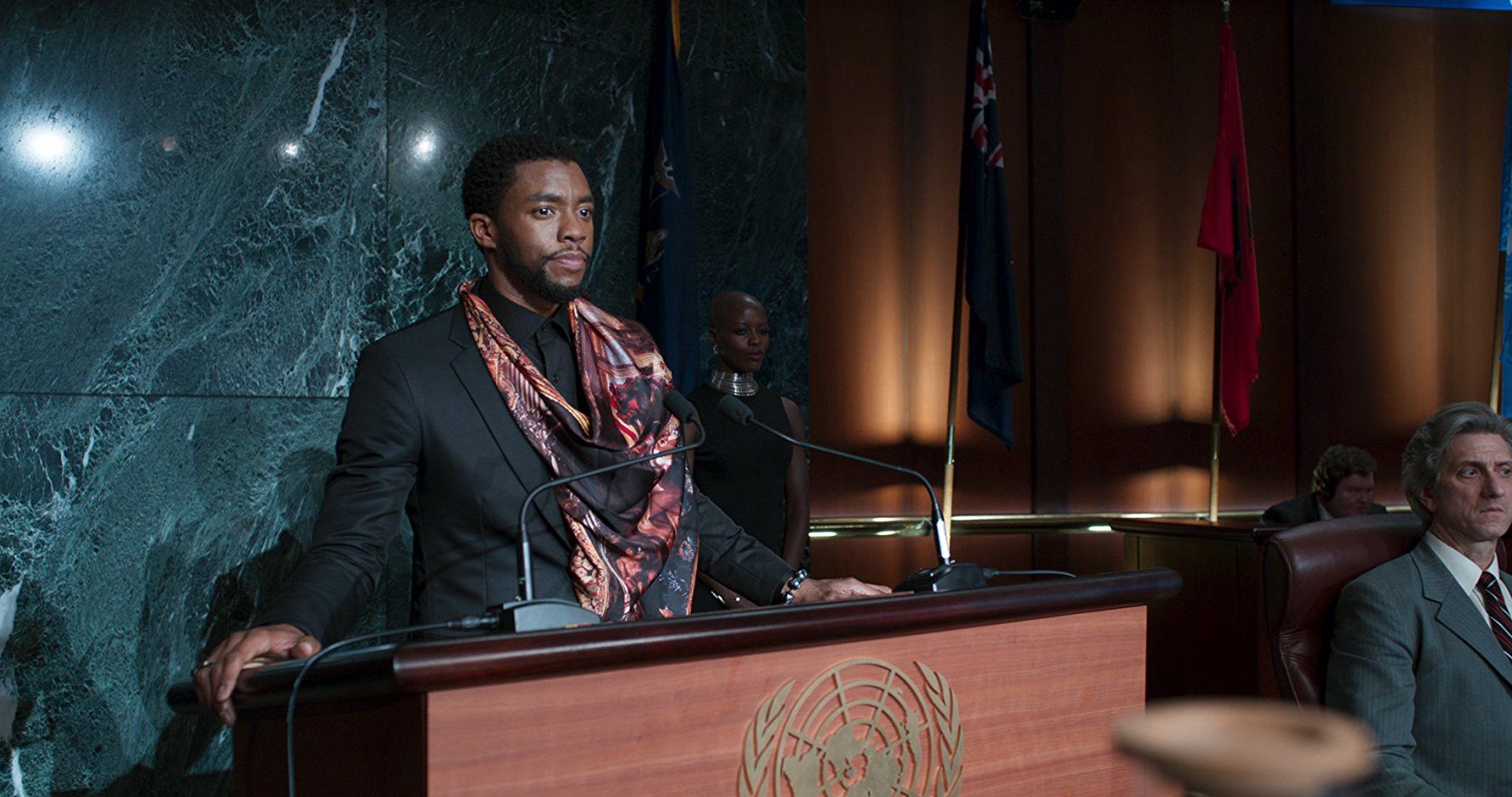
In Captain America: Civil War, I must say I was unimpressed with T’Challa as a character, as he seemed very much like a less developed Batman. He’s much better here, having been given a better story than he was given there. I’ve seen him be called dull in several other reviews, and, while I agree that Boseman’s wasn’t the most captivating performance I’ve seen from a superhero portrayal, it suited his character well. T’Challa has a lot of growing do in this film, and a lot of things to confront in Killmonger beyond a mere threat to his throne. He has to maintain a regal calm due to his position.
The supporting cast are good. Letitia Wright’s Shuri initially seemed like MJ from Spider-Man: Homecoming, but more was done with her character as the film went on. Her scenes with Boseman were well performed; they seemed genuinely like siblings. Her character’s name was confusingly similar to that of Forest Whitaker’s Zuri, which I realize isn’t this film’s fault, but it did take me a while to get the two’s names straight.
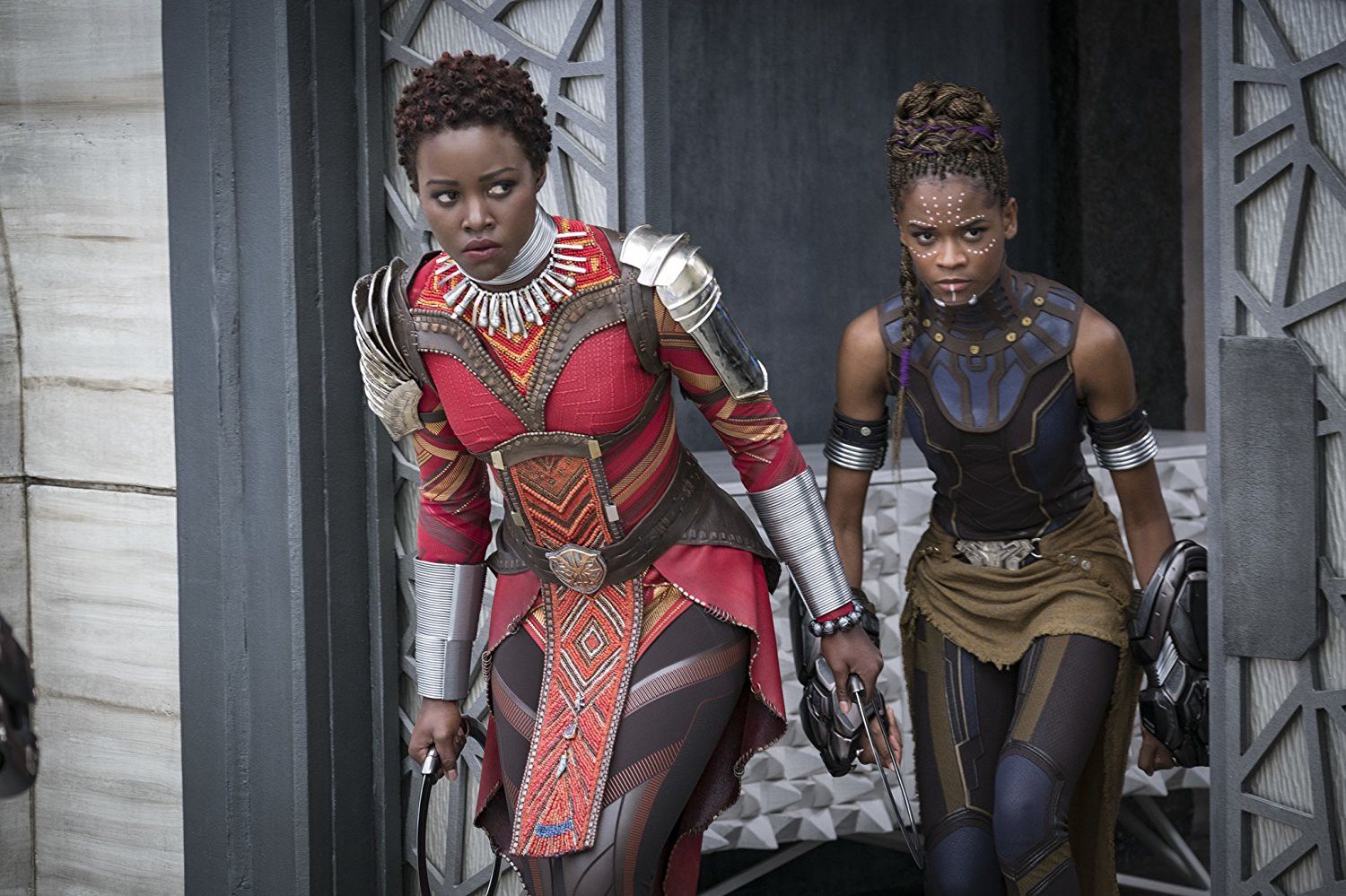
Lupita Nyong’o’s Nakia was more or less the only character consistently fighting for the direction T’Challa takes Wakanda in by the end of the film, and is made Wakanda’s ambassador to the outside world, so there’s a good chance for her to show up again in future films.
Danai Gurira’s General Okoye was an effective sidekick character, though her relationship with Daniel Kaluuya’s W’Kabi wasn’t fleshed out enough for their confrontation in the final battle to have the meaning I think it was meant to. Overall, W’Kabi seemed like a superfluous character.
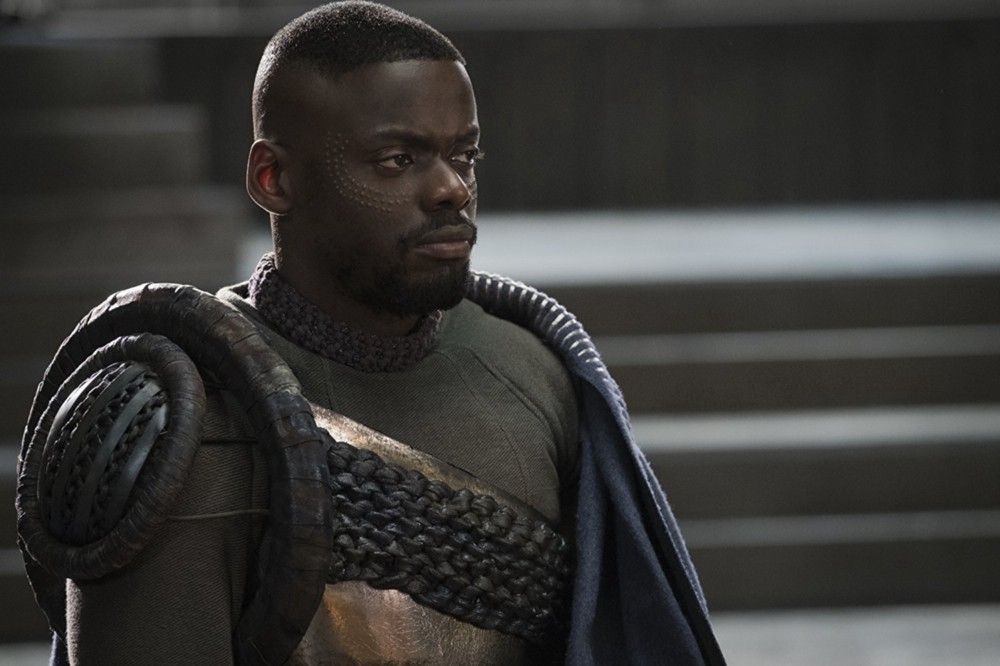
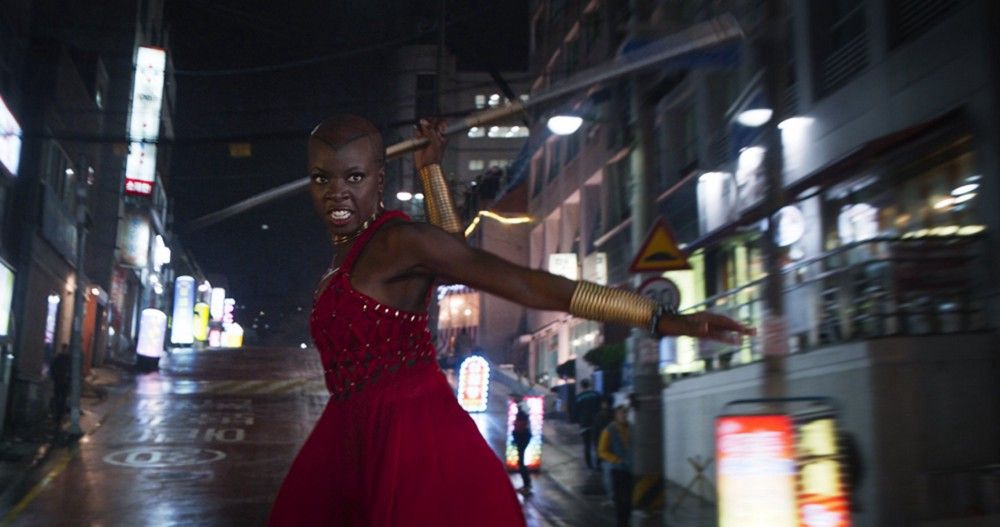
Martin Freeman does a good deal better with an American accent than his Sherlock co-star did in Doctor Strange. His CIA agent Everett Ross was a fairly straight-forward spy type, without much distinctive Martin Freeman-ness to him, but I suppose it’s good that Freeman can avoid typecasting.
Andy Serkis takes a rare turn out of a mo-cap suit, reprising his Avengers: Age of Ultron role as South African smuggler Ulysses Klaue. He’s clearly having a blast with the character, and, though he dies mid-way through and gets overshadowed by main villain Killmonger, I’d still rank Klaue as an above-par Marvel villain.
Winston Duke’s M’Baku and the Jabari tribe were interesting for the brief time they appeared (though, for denizens of snowy mountains, they seemed dressed light.) Their “surprise” appearance in the final battle wasn’t much of a surprise, though.
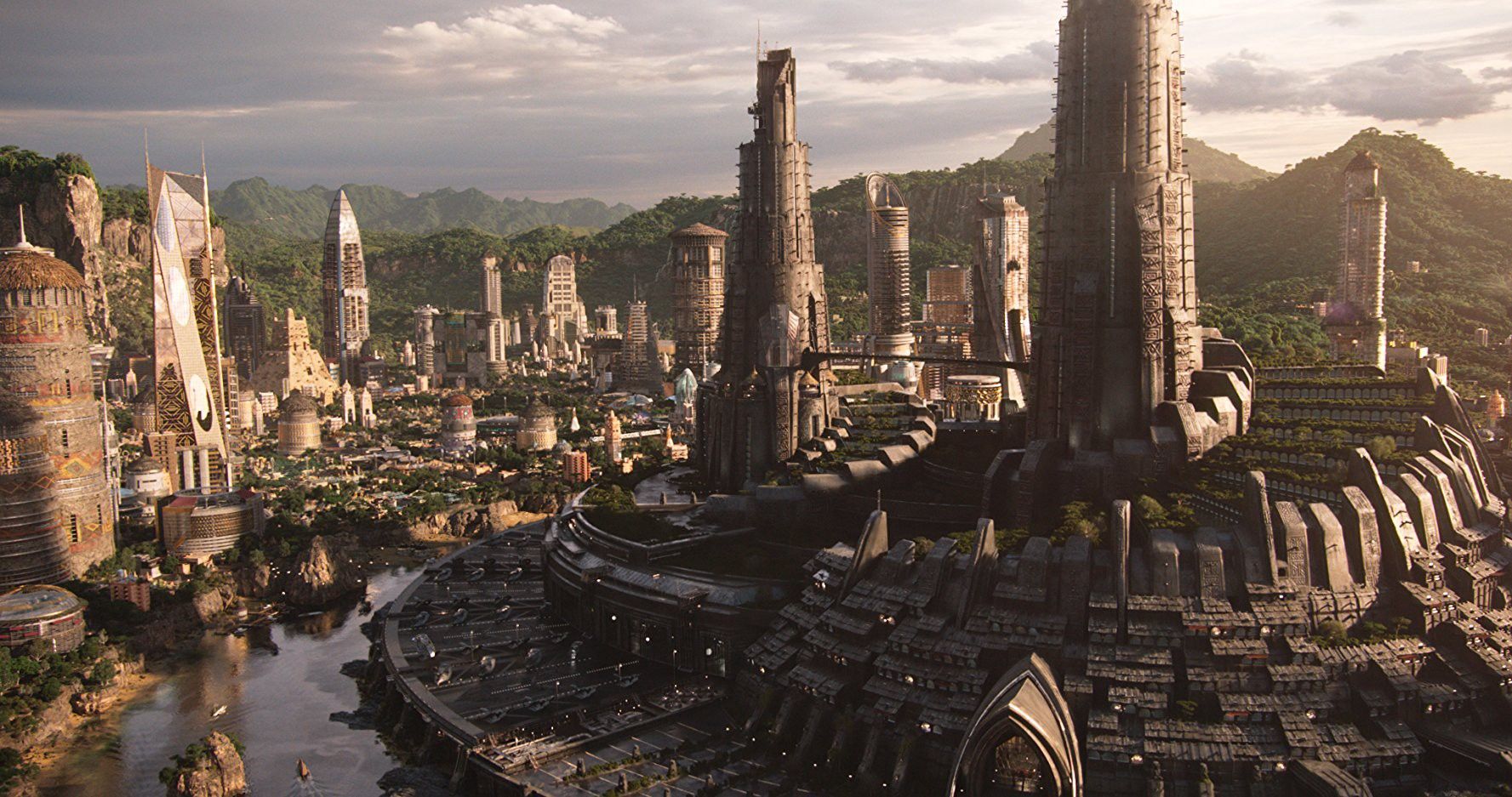
Film-making
The look of this film had, I thought, its highs and lows. The scene in rural Nigeria toward the beginning was shot in a deliberately disorienting way, reminiscent of the dock fight in Batman Begins, which didn’t really match the rest of the film. The middle portion of the film does more to establish the film’s visual identity, featuring more clear shots and smooth motion. The action is good by Marvel standards, though the special effects could, especially in the later portion of the film, fall below par. I wondered if this film was somewhat underfunded due to being in production at the same time as the no doubt titanicly expensive Avengers: Infinity War, but this source lists its production budget as two hundred million dollars, thirty-five million more than Doctor Strange, which was easily Marvel’s most impressive looking film, special-effects wise.
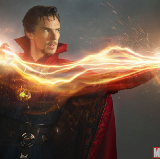
The costume and set design were good, and went a long way towards developing the world of Wakanda. The designers clearly spent time studying the clothing and architecture of various African cultures and incorporating them in a way that made Wakanda stand out compared to, say, Asgard, as grounded in a recognizable reality.
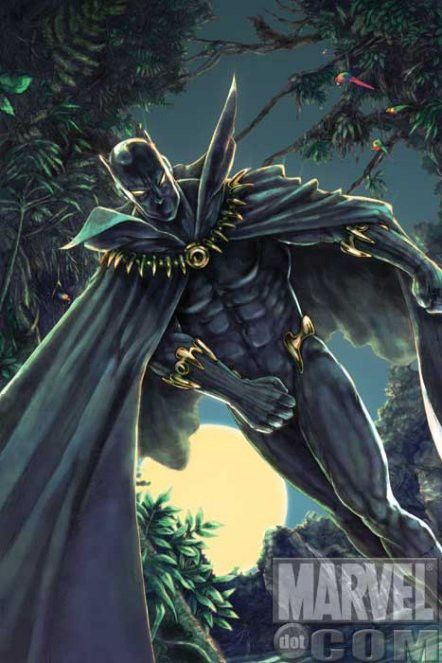
Black Panther’s costume for this film is better than it was in Civil War. The first production photos didn’t really do the costume justice. I do wish that at some point he would have worn the cloak that he was sometimes shown wearing in the comics. I understand that it’s not very practical for fighting in, and it wouldn’t help to look more like Batman, but it could have helped overcome the relatively bland design for T’Challa compared to the other characters.
My one concern with this is the…let’s say very American view of Africa portrayed. The U.S. has a reputation for geographical ignorance of territories beyond the fifty states, and it is especially pronounced in regards to Africa and range of different cultures that call the continent home.
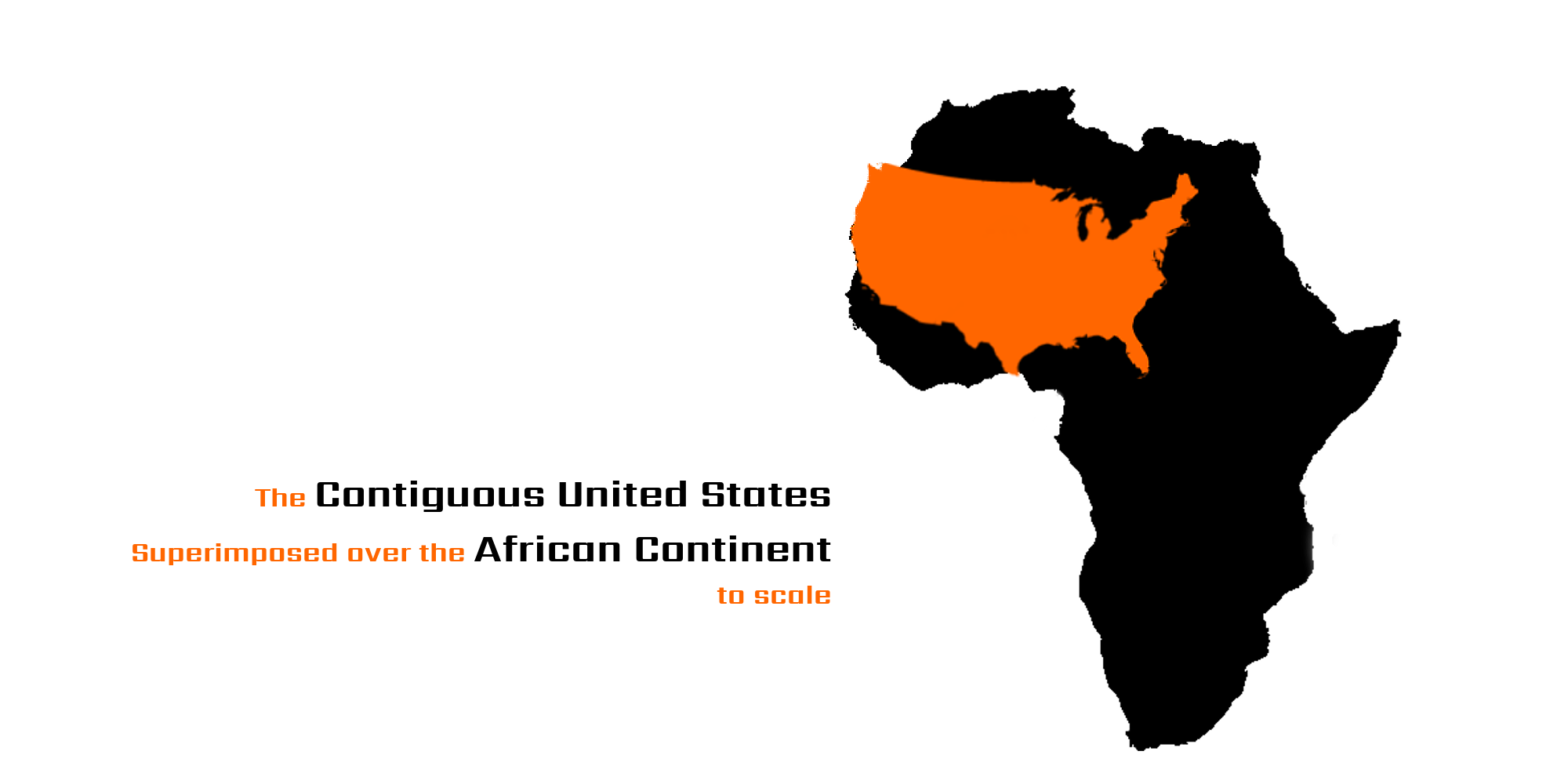
Africa is the second largest continent, after Asia. It’s size is often underestimated due to its tropical location and the fact that the commonly used Mercator Projection world maps distort the polar regions, making North America, Europe, and Asia appear much larger than they actually are. It is also the second-most populous continent, and its people are split between hundreds of ethnic/language groups living in forty-some countries. So when I see design elements from every corner of Africa used in the appearance of Wakanda, where we can take them to have originated, since Wakanda is not a crossroads country where people from around the continent could have settled, bringing their customs with them, I wonder how an African person might see it. I can imagine that if this film had portrayed American Everett Ross wearing an outfit comprising of a Southwestern cowboy hat, a Miami-style pastel blazer, a Hawai’ian grass skirt, and a New Englander’s plaid shirt, I would find it very odd indeed.
The score is by previous Coogler collaborator Ludwig Goransson, with some additional soundtrack pieces by hip-hop artist Kendrick Lamar. The news that Lamar had been brought onto the film was one of the first details released during its production, and it seemed like more of the sort of thing I just described, only with the belief that not only does all of Africa share a single culture, it shares it with African-Americans as well. But those worries were misplaced; the hip-hop influences surround Killmonger, fitting his character, while T’Challa and the other Wakandans are set against Goransson’s score, which is influenced by more traditional African music (likely still from all around the continent). Overall though, I didn’t find any of the music particularly memorable.
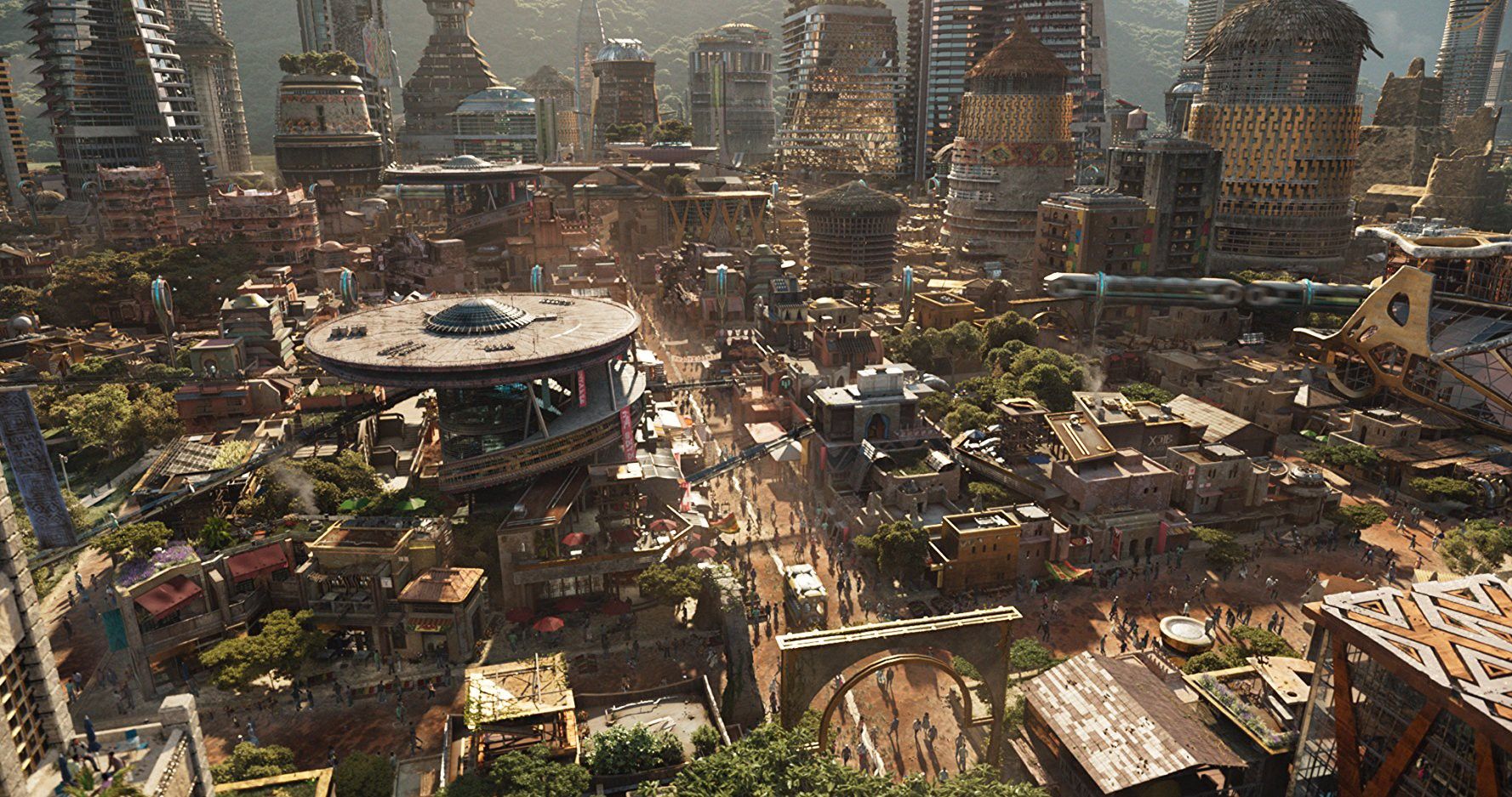
Recommendation and Rating
This movie is a lot of fun and gives the audience a lot to think about. If, like me, you only see some of the many Marvel movies that come out, make this one of the ones you do see.
My only complaints about the film involve ancillary elements of costume design or tertiary character writing. The core of the film was executed in an exemplary fashion, and overall, even as someone who has liked all the Marvel films I’ve seen, I found the film surprisingly good.
10/10 — Superior quality. Shows great artistic merit and exceeds the reviewer’s expectations. Sets new standard for excellence in its field or genre. Recommended to all with greatest conviction.





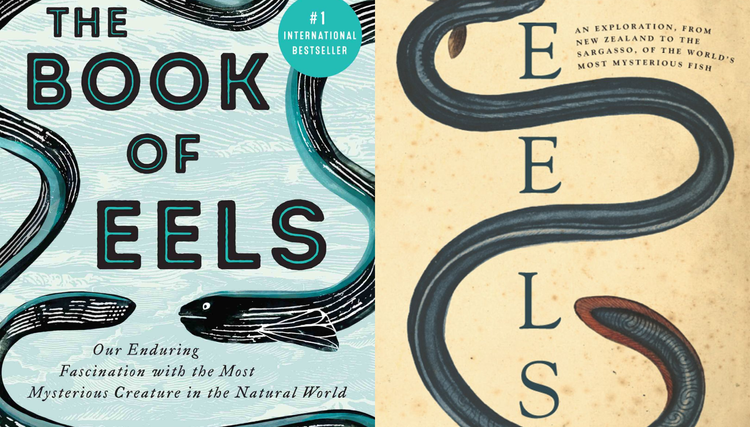
Member Commentary